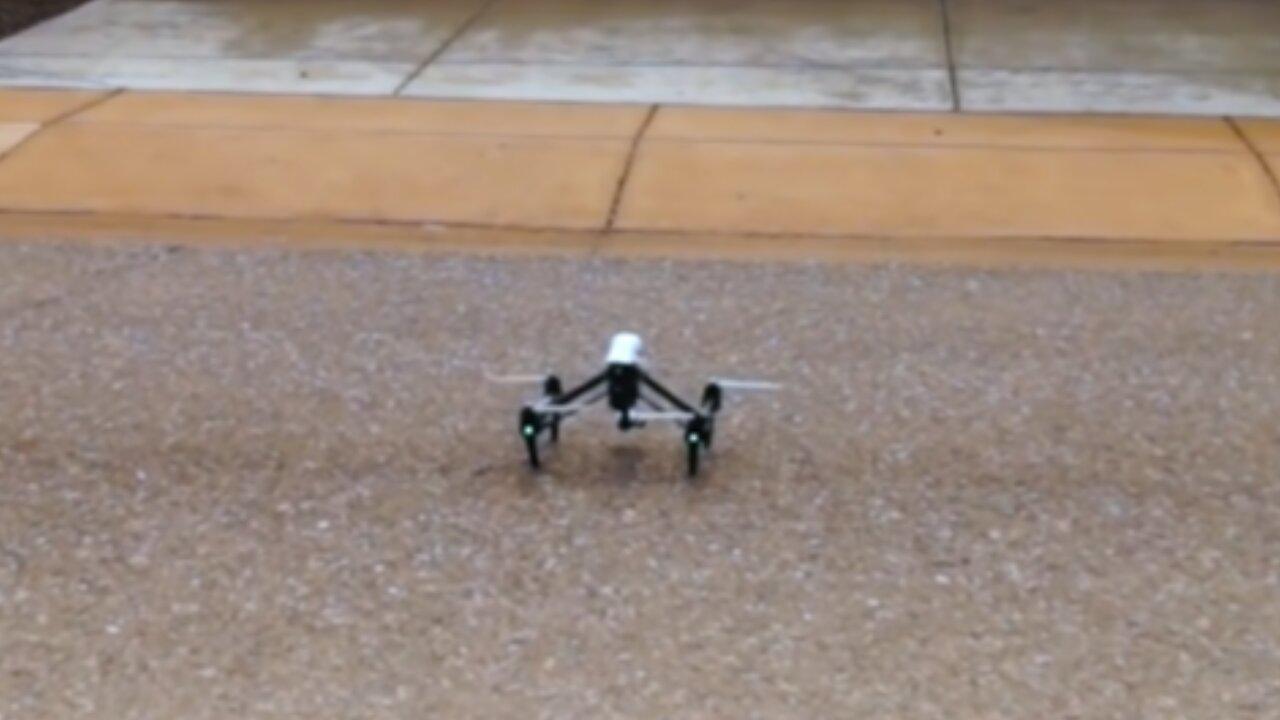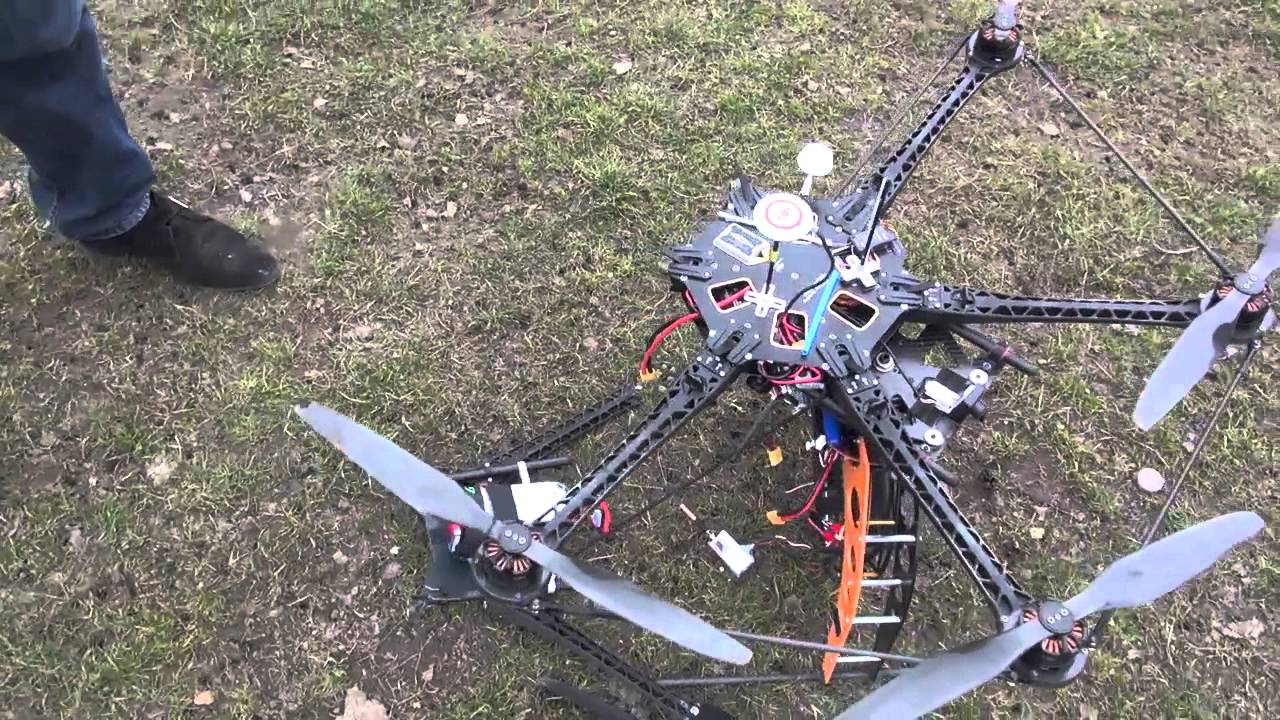Drone show crash: These spectacular displays of light and technology aren’t without risk. From mid-air collisions to software glitches, a multitude of factors can bring a dazzling drone show to a sudden, dramatic halt. This exploration delves into the common causes of these crashes, examining everything from human error to technological limitations and the impact of weather.
We’ll also look at safety protocols, preventative measures, and post-crash procedures to ensure future shows remain both breathtaking and safe.
Understanding the intricacies of drone show operation is crucial for preventing accidents. We’ll cover existing regulations, best practices for operators, and the role of technological advancements in mitigating risks. This includes exploring the importance of pre-flight checks, redundant systems, and robust operator training. By examining both the technical and human aspects of these events, we aim to provide a comprehensive overview of how to minimize the chance of a drone show crash and what to do should one occur.
Drone Show Crash Analysis: A Comprehensive Overview

Drone shows, while spectacular, carry inherent risks. Understanding the causes of crashes, implementing robust safety protocols, and adopting advanced technologies are crucial for minimizing these risks and ensuring the continued enjoyment of these dazzling displays.
Types of Drone Show Crashes

Drone show crashes can stem from various sources, ranging from simple malfunctions to complex system failures. Understanding these different types is the first step towards effective prevention.
Drone show crashes are unfortunately becoming more common, highlighting the need for better safety protocols. A particularly noteworthy incident was the orlando drone show accident , which underscored the potential for serious consequences when things go wrong. Studying these incidents, like the Orlando one, helps us understand how to prevent future drone show crashes and improve overall safety.
Common causes include mid-air collisions (often due to loss of communication or GPS signal), power failures (battery issues, power supply problems), software glitches (unexpected errors in flight control software), and adverse weather conditions (strong winds, rain, or even unexpected fog).
The impact of weather varies significantly. Strong winds can easily knock drones off course, leading to collisions or uncontrolled landings. Rain can short-circuit electronics, while fog can severely impair visibility and GPS accuracy.
| Crash Type | Frequency (Hypothetical Data) | Primary Cause | Contributing Factors |
|---|---|---|---|
| Mid-air Collision | 35% | Loss of GPS signal/communication | Operator error, strong winds |
| Power Failure | 25% | Battery malfunction | Overuse, extreme temperatures |
| Software Glitch | 20% | Software bug | Lack of updates, inadequate testing |
| Other (e.g., mechanical failure) | 20% | Mechanical component failure | Lack of maintenance, age of equipment |
Safety Protocols and Regulations
Stringent safety regulations and best practices are paramount to preventing drone show crashes. These protocols encompass pre-flight checks, rigorous maintenance, and adherence to airspace restrictions.
Existing regulations often mandate specific flight permissions, pilot licensing, and insurance coverage. Best practices include meticulous pre-flight inspections (checking battery levels, motor function, and GPS accuracy), regular maintenance schedules, and the use of redundant systems.
- Conduct thorough pre-flight checks of all drones.
- Ensure all drones have sufficient battery life for the duration of the show.
- Verify GPS signal strength and accuracy before commencing the show.
- Have a backup plan in case of technical malfunctions.
- Maintain a safe distance from obstacles and other aircraft.
- Comply with all relevant airspace regulations.
Technological Aspects
Technological advancements play a vital role in enhancing drone show safety. Improved communication systems, advanced navigation technologies, and redundant systems are key to mitigating risks.
GPS and other navigational systems are crucial, but redundancy is vital. Systems like RTK-GPS (Real-Time Kinematic GPS) offer enhanced precision. Redundant communication links and fail-safe mechanisms can prevent catastrophic failures if one system fails.
Human Factors
Human error contributes significantly to drone show accidents. Operator training and proficiency are crucial for preventing these incidents.
Drone show crashes are a bummer, right? They can happen for various reasons, from technical glitches to unexpected weather. To avoid such mishaps, many professionals now opt for reliable equipment like those offered by sky elements drones , known for their robust performance. Proper planning and using quality drones are key to preventing a disastrous drone show crash and ensuring a spectacular display.
Common mistakes include inadequate pre-flight checks, failure to account for weather conditions, and poor decision-making during flight. Comprehensive training programs should emphasize practical skills, risk assessment, and emergency procedures.
- Regular simulator training.
- Hands-on practice in controlled environments.
- Emergency response drills.
- In-depth understanding of drone technology and regulations.
Post-Crash Procedures, Drone show crash
Effective post-crash procedures are essential for minimizing further risks and facilitating investigations. These procedures include securing the crash site, recovering data, and reporting the incident.
- Secure the crash site and ensure public safety.
- Document the scene with photos and videos.
- Attempt to recover data from the crashed drone (if possible).
- Report the incident to the relevant authorities.
- Conduct a thorough investigation to determine the cause of the crash.
- Implement corrective actions to prevent future incidents.
Illustrative Scenarios
Imagine a scenario where a sudden gust of wind disrupts the GPS signal of several drones mid-flight. The drones, losing their position awareness, collide with each other, resulting in a spectacular but chaotic cascade of falling lights. The visual impact would be dramatic, with a shower of sparks and broken components raining down from the sky.
A rescue operation might involve deploying ground crews to secure the area, preventing further damage and injury, and recovering the damaged drones. The resulting public perception could range from awe at the spectacle to concern about the safety of such events.
Insurance and Liability

Comprehensive insurance coverage is crucial for drone show operators. This protection safeguards against potential liabilities arising from accidents or damages.
Legal liabilities can be significant, encompassing property damage, injuries, and even potential lawsuits. Different insurance policies offer varying levels of coverage, and a tailored policy is essential for comprehensive protection.
A sample insurance policy clause might state: “The insurer agrees to indemnify the insured against all claims arising from accidents or damages caused by the insured’s drones during a drone show, up to a limit of [amount], subject to the policy’s terms and conditions.”
Last Point: Drone Show Crash

Preventing drone show crashes requires a multi-faceted approach encompassing stringent safety regulations, advanced technology, and highly skilled operators. By understanding the common causes of failure, implementing robust preventative measures, and establishing clear post-crash procedures, we can significantly reduce the risk of these spectacular events turning into costly and potentially dangerous incidents. The future of drone shows hinges on a commitment to safety and continuous improvement in technology and training.
Let’s ensure these breathtaking displays continue to amaze without compromising safety.
Question & Answer Hub
What kind of insurance is needed for drone shows?
Comprehensive liability insurance is crucial, covering potential damage to property, injuries, and legal costs arising from a crash.
How are drone show crashes investigated?
Investigations typically involve reviewing flight data, examining the crashed drones, interviewing witnesses, and analyzing weather conditions.
What is the role of GPS in preventing crashes?
GPS provides crucial location data, but it’s not foolproof. Redundant systems and skilled operators are still needed to prevent crashes.
Drone show crashes are a real concern, highlighting the need for better safety regulations. One incident that underscores these risks involved a boy being injured, as reported in this article about a boy hit by drone , which sadly demonstrates the potential for harm. Therefore, improved safety protocols are crucial for preventing future drone show crashes and protecting spectators.
Can weather conditions cause a drone show crash?
Yes, strong winds, rain, and low visibility can significantly increase the risk of accidents. Shows should be postponed or cancelled in poor weather.
